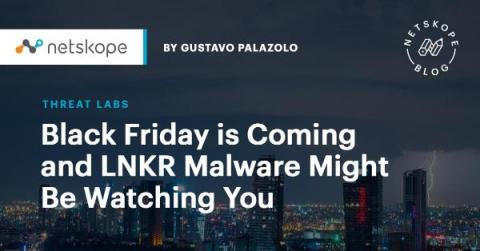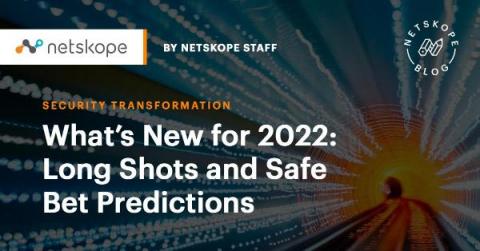Security | Threat Detection | Cyberattacks | DevSecOps | Compliance
Malware
Is Your Board Adequately Addressing the Threat of Ransomware?
The real risk of business disruption, brand damage, and potential liabilities caused by ransomware attacks has elevated cybersecurity from a technical or operational issue normally handled by security teams, to a major Board level priority and discussion. Even the most sophisticated and mature organizations that once believed their cybersecurity defenses were robust are now rethinking their preparedness and response capabilities required to address the imminent threat of ransomware attacks.
Sophisticated Tardigrade malware launches attacks on vaccine manufacturing infrastructure
Security researchers are warning biomanufacturing facilities around the world that they are being targeted by a sophisticated new strain of malware, known as Tardigrade. The warning comes from the non-profit Bioeconomy Information Sharing and Analysis Center (BIO-ISAC) which revealed that at least two large facilities working on manufacturing bio-drugs and vaccines have been hit by the same malware this year, in what appear to be targeted attacks.
Black Friday is Coming and LNKR Malware Might Be Watching You
Black Friday is a long-awaited day for many people, as it generates a lot of sales in both physical stores and online marketplaces. With the ongoing COVID pandemic, online sales are expected to be even more intense this year, and along with that, we will likely see an increase in cyber scams. Attackers will try to steal your money in many ways: through phishing sites, banking malware, remote access trojans, and more. However, there is one type of malware that people often underestimate: adware.
SANS 2021 Ransomware Detection and Incident Response Report
The Evolving Threat of Ransomware
Currently, ransomware is the most prominent cyber threat to businesses and individuals. Ransomware attacks are growing more prevalent as cybercriminals find new ways to profit from them. According to CyberEdge’s 2021 Cyberthreat Defense Report, 62% of organizations were victimized by ransomware in 2019—up from 56% in 2018 and 55% in 2017. This rise is arguably fueled by the dramatic increase in ransomware payments.
Emotet returns: 5 key questions to answer
Netskope Threat Coverage: The Return of Emotet
At the beginning of 2021, Emotet was considered to be the world’s most dangerous malware by Europol. The threat was first discovered in 2014 when it was acting as a banking trojan. Over the years, the malware evolved into one of the most relevant botnets in the threat landscape, often used to deliver other threats, such as Trickbot and Ryuk ransomware. Netskope detected Emotet during Oct 2020, using PowerShell and WMI to download and execute its payload.
What's New for 2022: Long Shots and Safe Bet Predictions
It is prediction time once again, and we’ve polled some of our esteemed experts here at Netskope to see what’s piquing their interest with 2022 on the horizon. Much like our predictions last year, we’ve broken the list out into some longer shots and some pretty safe bets. Here’s what we think is in store for 2022.
How MSPs should protect data against ransomware
A few months ago, the National Institute of Standards and Technology (NIST) released a draft framework for ransomware risk management. But it's not the only publication on such threats, as the institute has also produced a guide recently on how MSPs should protect data from ransomware and other data loss events.










